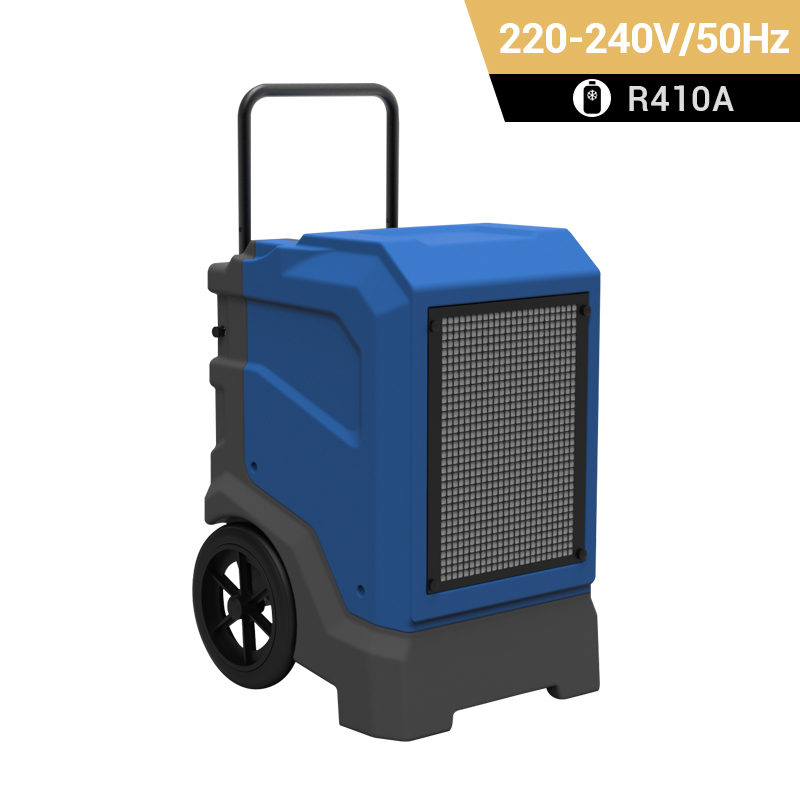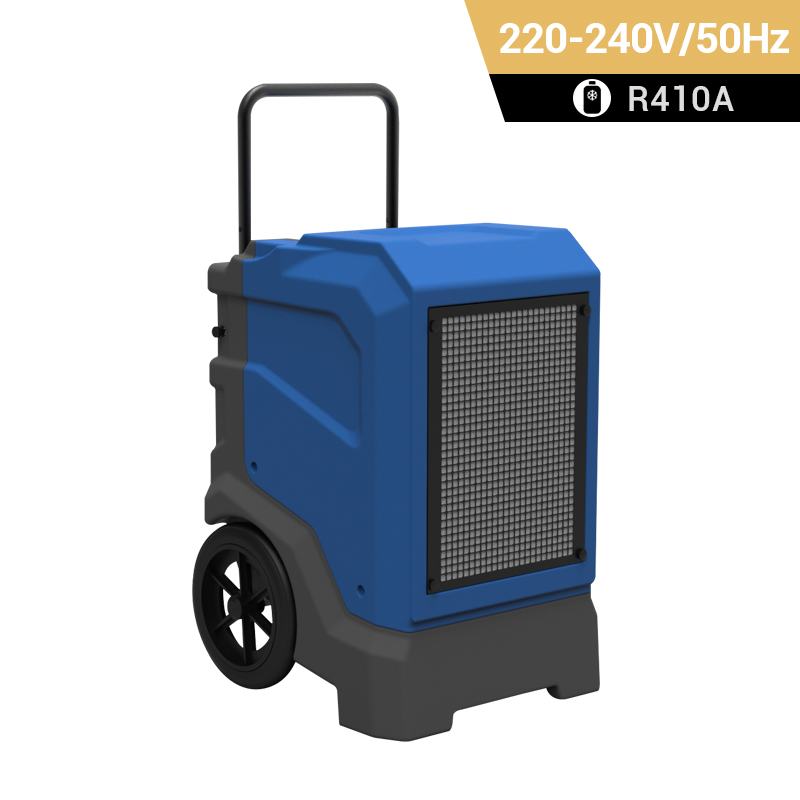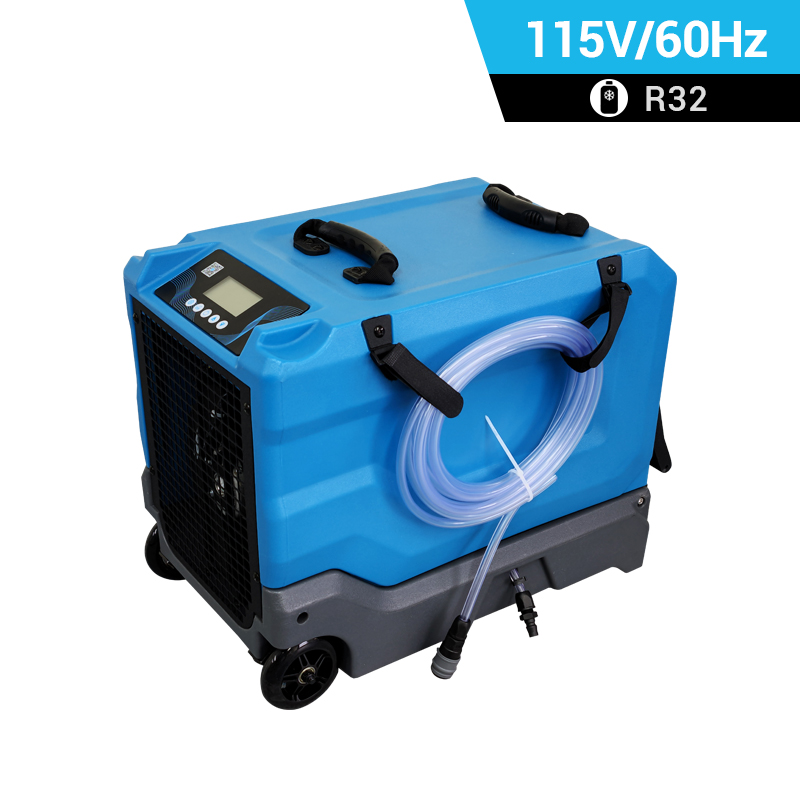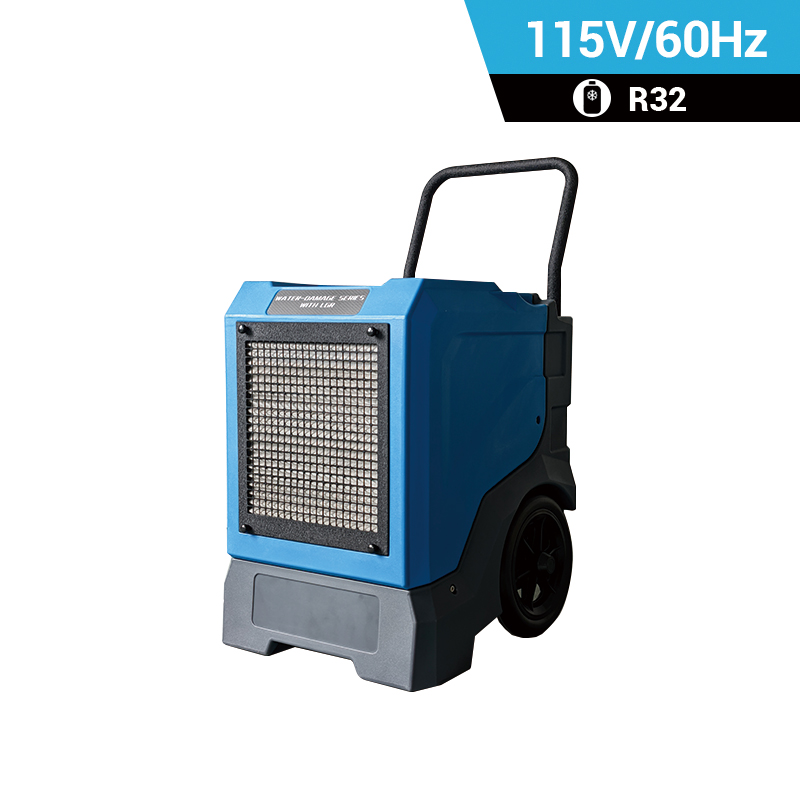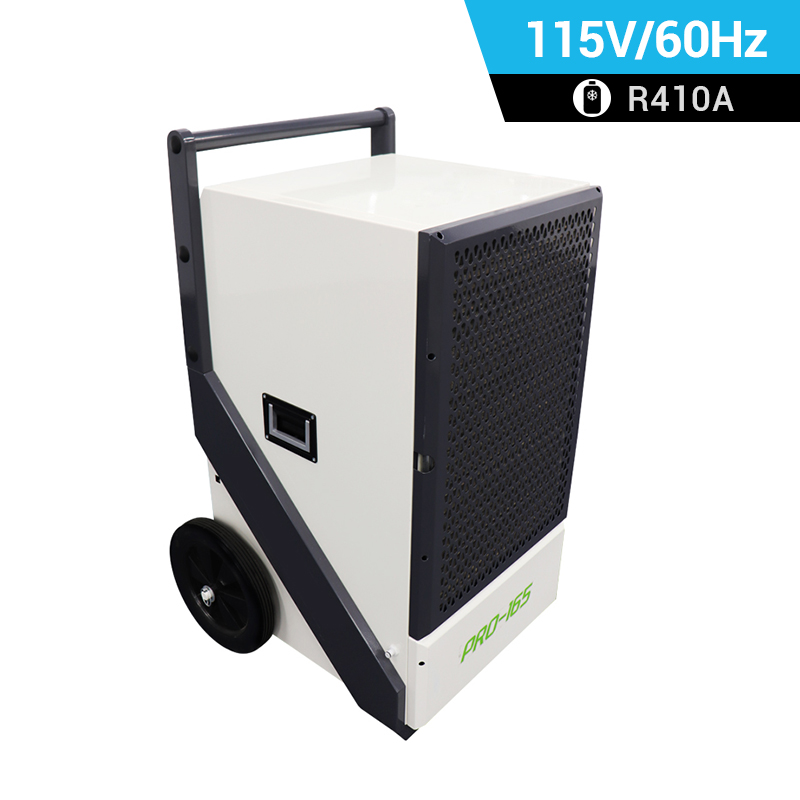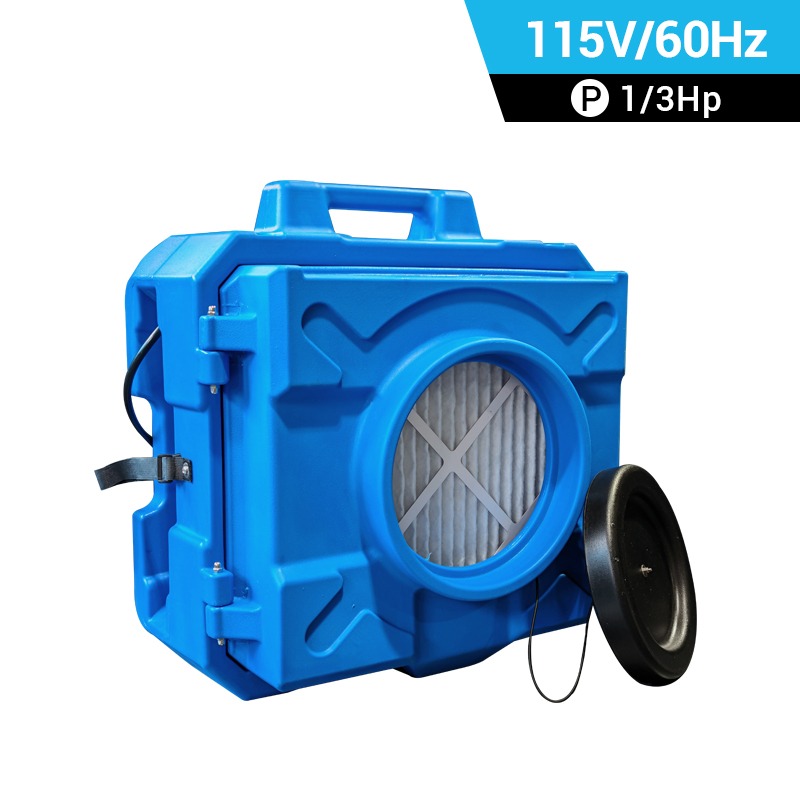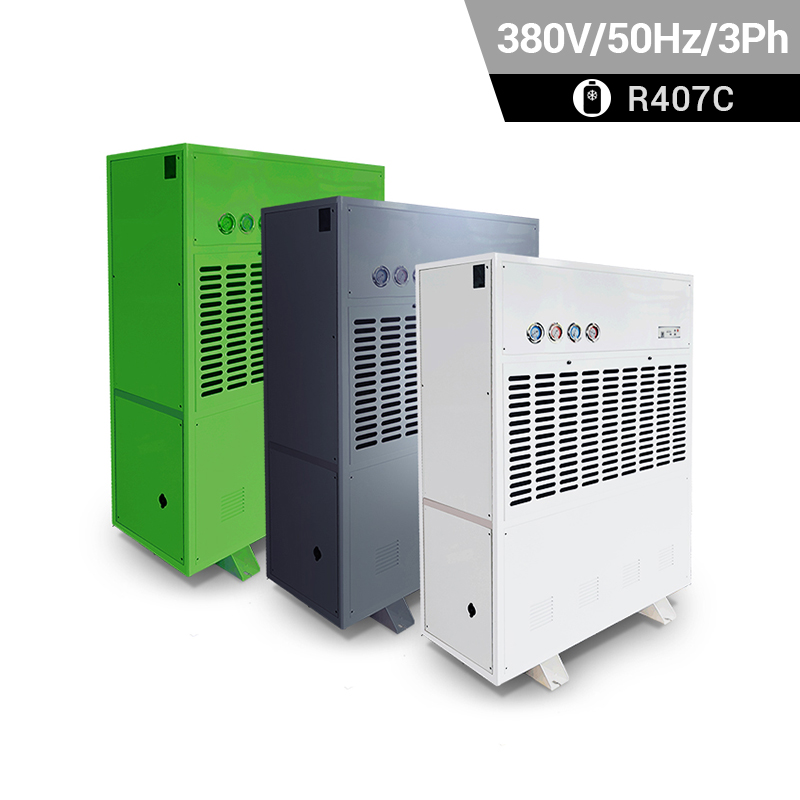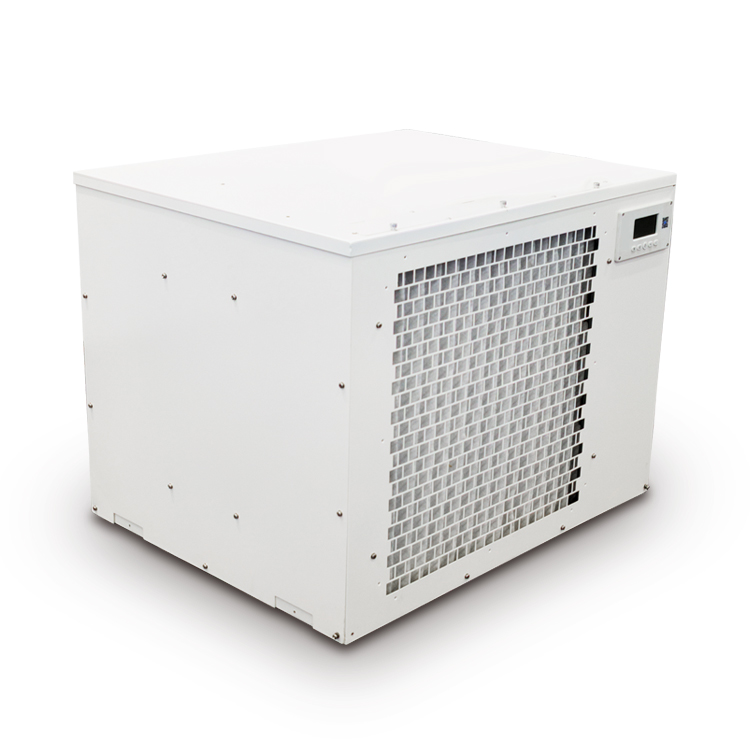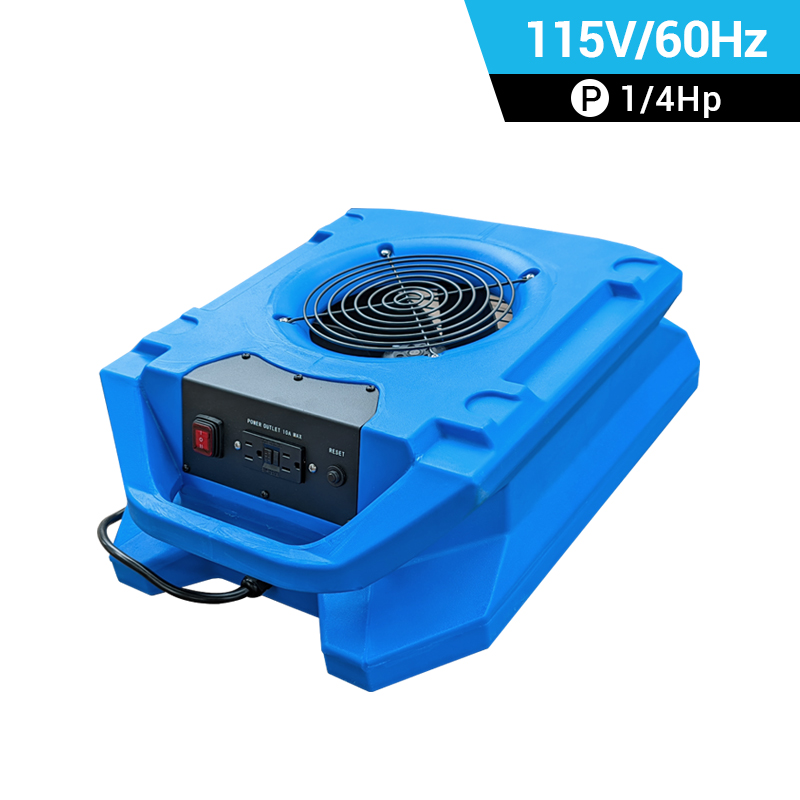 +86-13376814803
+86-13376814803  robert@hzhongtai.com
robert@hzhongtai.com
Preair Dehumidifier After Water Damage
If you've experienced water damage in your home or office, it's important to take quick action to prevent further damage and minimize the risk of mold growth. One of the most effective ways to do this is by using a dehumidifier.
Here are some steps to follow when using a dehumidifier after water damage:
Safety first: Before you begin, make sure the area is safe to work in. Turn off the power to the affected area and wear appropriate protective gear, such as gloves and a mask.
Remove standing water: If there is standing water, use a wet vacuum or pump to remove as much as possible. The dehumidifier will be more effective if there is less water in the area.
Position the dehumidifier: Place the dehumidifier in the center of the affected area, and make sure it is level and stable. The dehumidifier for flood damage should be able to reach all areas of the room, so avoid placing it in a corner.
Turn it on: Turn on the dehumidifier and set the humidity level to around 50%. This will help to remove excess moisture from the air and prevent mold growth.
Monitor progress: Check the dehumidifier regularly to see how much water it has collected. Empty the water container as needed, and make sure the dehumidifier is working properly.
Keep it running: Leave the dehumidifier running until the humidity level in the room has been reduced to normal levels. This may take several days, depending on the severity of the water damage.
Remember, a dehumidifier is just one tool in the water damage restoration process. If the damage is extensive, you may need to call in a professional restoration company to help with the cleanup and repair.
Related Products



